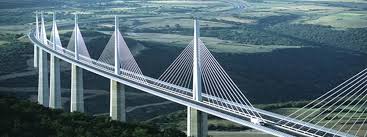Your basket is currently empty!
Beginning of the Islamic Calendar (Hijra)
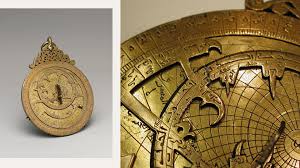
July 16, 622, marks the approximate beginning of the Islamic calendar, also known as the Hijri calendar. This date is symbolically associated with the Hijra, the migration of the Prophet Muhammad and his followers from Mecca to Medina. While the actual departure from Mecca occurred in late June, the calendar officially commenced its count from the beginning of the lunar year in which the Hijra took place. The journey was prompted by increasing persecution of Muslims in Mecca and the invitation from the people of Yathrib (later Medina) for Muhammad to mediate their internal disputes. The Hijra was a pivotal moment, signaling the establishment of the first Muslim community (Ummah) and the foundation of Islamic society. It transformed Islam from a persecuted sect into a political and religious force. The event is so significant that it became the starting point for the Islamic dating system, emphasizing its importance in Islamic history and faith. It fundamentally reshaped the course of world history and religious development.
First Paper Banknotes Issued in Europe
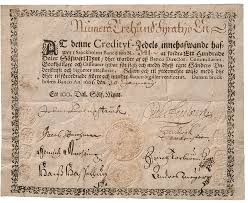
On July 16, 1661, the Stockholms Banco in Sweden issued the first true banknotes in Europe. Prior to this, various forms of promissory notes and bills of exchange existed, but these were not widely circulated as currency. Johan Palmstruch, the founder of the bank, introduced these “credit notes” to address the scarcity of metal coins in circulation. These early banknotes were essentially receipts for deposits of copper and silver, promising to pay the bearer on demand. While innovative, the system faced challenges, as Palmstruch’s bank eventually issued more notes than it had reserves, leading to its collapse in 1668. Despite this setback, the concept of paper money gained traction and gradually spread across Europe. This event marked a significant shift in financial systems, laying the groundwork for modern banking and monetary policy. It revolutionized commerce by offering a more portable and convenient form of currency, paving the way for the complex financial instruments we use today.
Residence Act: Founding of Washington, D.C.
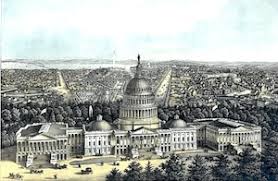
On July 16, 1790, the Residence Act was signed into law by President George Washington, establishing the permanent capital of the United States. This act designated a ten-square-mile district on the Potomac River as the future seat of government. The decision to locate the capital in this specific area was a compromise between northern and southern states, with southern states agreeing to federal assumption of state debts in exchange for a southern capital. The site was chosen for its central location among the existing states at the time and its access to navigable waterways. President Washington himself played a key role in selecting the exact location, near his Mount Vernon estate. This legislative act set in motion the creation of a purpose-built capital city, distinct from any state, designed to be a symbol of national unity and permanence. The subsequent construction of the city, later named Washington, D.C., was a monumental undertaking, reflecting the nascent nation’s ambition and vision.
Manhattan Project: First Atomic Bomb Detonation (Trinity Test)

On July 16, 1945, at the Alamogordo Bombing and Gunnery Range in New Mexico, the Trinity test took place, marking the first successful detonation of an atomic bomb. This momentous event was the culmination of the highly secretive Manhattan Project, a massive research and development undertaking by the United States during World War II. The test involved a plutonium implosion device, similar to the “Fat Man” bomb later dropped on Nagasaki. Scientists and military personnel, including J. Robert Oppenheimer, witnessed the awe-inspiring and terrifying explosion, which created a mushroom cloud reaching over 38,000 feet. The success of the Trinity test confirmed the feasibility of atomic weapons, forever changing the landscape of warfare and international relations. It ushered in the nuclear age, raising profound ethical questions about the destructive power unleashed by human ingenuity. The scientific and engineering achievement was unprecedented, but its implications continue to resonate globally, highlighting the dual nature of scientific progress.
Apollo 11 Mission Launched Towards the Moon
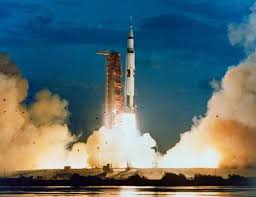
On July 16, 1969, the Apollo 11 mission was launched from Kennedy Space Center, Florida, on its historic journey to the Moon. This monumental event captivated the world, as humanity watched with bated breath. The crew consisted of astronauts Neil Armstrong, Buzz Aldrin, and Michael Collins, who embarked on a mission to achieve President John F. Kennedy’s goal of landing a man on the Moon before the decade’s end. The powerful Saturn V rocket propelled the Apollo 11 command and service modules towards lunar orbit. This launch represented the culmination of years of intense scientific research, engineering innovation, and dedicated human effort by NASA. It was a testament to human ingenuity and perseverance, pushing the boundaries of what was thought possible. The successful launch set the stage for one of humanity’s greatest achievements: the first human steps on an extraterrestrial body, inspiring generations to come.
Opening of the Millau Viaduct in France
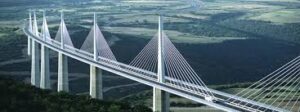
On July 16, 2004, the Millau Viaduct, an engineering marvel, was officially inaugurated in France. This cable-stayed bridge spans the Tarn River valley near Millau in the Aveyron department, becoming the tallest bridge in the world with one mast culminating at 343 meters (1,125 ft). Designed by French structural engineer Michel Virlogeux and British architect Norman Foster, its construction was a significant feat of modern engineering. The viaduct was built to alleviate traffic congestion on the route between Paris and the Mediterranean coast, particularly during holiday seasons. Its elegant design and minimal visual impact on the landscape have earned it widespread acclaim. The construction involved innovative techniques and materials, showcasing the pinnacle of contemporary civil engineering. This impressive structure not only serves a vital practical purpose but also stands as a striking symbol of architectural and engineering ambition, attracting visitors from around the globe.

